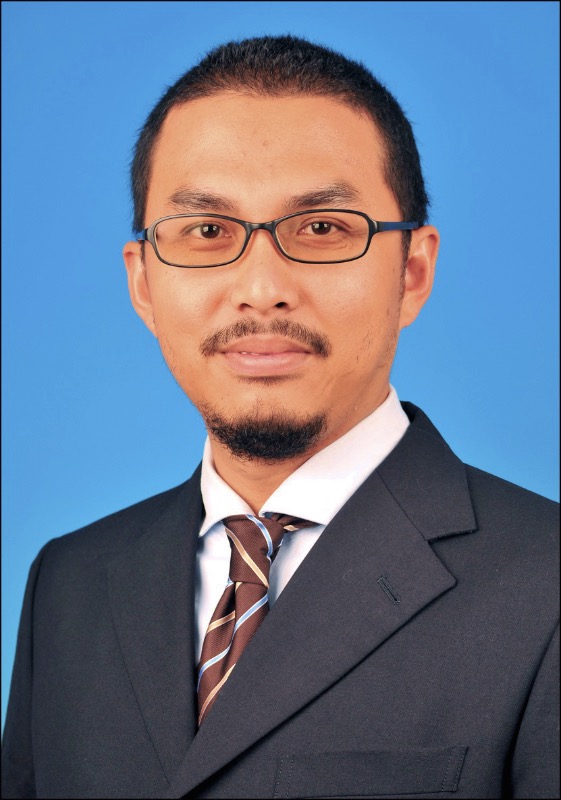Exploring the possibilities of friction stir welding
Friction stir welding has become popular in engineering applications in countries such as the UK, Europe, the US, and Japan. It has the potential to save energy and is seen as an environmentally friendly technique, supporting the Academy’s strategic goals. Apart from developing novel theories and methods in this field, Dr Muhamad feel it is equally important to educate the public about this technology. He hopes to do this through DIA programme supported collaborations with Liverpool John Moores University and Cranfield University.

Friction stir welding
As the name suggests, friction stir welding uses friction to generate the heat to join similar and dissimilar materials below the melting temperature. Significantly it uses less energy and does not create smoke or fumes that are hazardous to humans and the environment. As such, the technique has the potential to support the Academy’s strategic goal of using engineering to build a sustainable society. Currently there is an interest in certain applications, such as in train or ship building, as it has the capability to weld at a higher speed than conventional methods.
A career in materials
Dr Muhamad gained his Doctorate in Engineering from Utsunomiya University Japan after working at the Yamazaki Mazak Corporation as a senior mechanical design engineer, focusing on CNC prototype machine design and evaluations for mass production. In 2016, he was invited by Professor Fujii Hidetoshi to join a project between Osaka University and the University of Malaya on friction stir welding of steel and magnesium alloy for lightweight design. Working with Professor Fujii has opened up more research activities with Osaka University. This includes staff and student exchange, student internships and sharing of research facilities to develop the friction stir welding process in a sustainable way and implement this in Malaysia’s manufacturing industry.
Sharing the technology through education
Dr Muhamad’s current DIA-supported project explores the possibilities of joining materials such as polycarbonate/aluminium, aluminium/stainless steel, magnesium/steel, and aluminium/copper for various applications in the automotive and semiconductor industries. This also includes joining aluminium alloys for electric vehicle battery applications. Initially the project will investigate the welding properties, before looking at ways to strengthen the welds using nano-material additives. They will attempt to simulate joining aluminium alloys by friction stir welding using the strengthening method and then comparing with experimental results.
“I found DIA as the platform that could give an impact for expanding awareness and creating interest among technical students in Malaysia and expanding it in the region in the future.”
Dr Muhamad recognises that this is a developing technology and is keen to promote it with the next generation of engineers, who will hopefully develop and embed it into industry. The DIA grant enables him to collaborate with Professor James Ren from Liverpool John Moores University and Professor Stewart Williams of Cranfield University to promote this. He has also managed to secure additional funding through a University Malaya matching grant, which he plans to use to hire an assistant for the project.
Inspiring the next generation
Dr Muhamad plans to run a workshop targeting the technical schools in Malaysia to introduce them to the technology and its actual applications. A group discussion on the topic that engages industry and government agencies is also planned to further improve the technique’s visibility and promote its energy-saving potential and environmentally friendly value.
The addition of a simulation element in this project expands the potential for research (which is helped by the project including several postgraduate students who are producing high-value research outputs). A recent collaboration meeting with Professor Stewart Williams demonstrated dissimilar joining of magnesium alloy and steel plates. Dr Muhamad hopes to build on activities such as this to strengthen future collaborations and expansions into other projects by creating awareness and educating people about advances in technology in this field.
Related content
DIA awardees
Distinguished International Associates (DIA) are international engineers working across all sectors. They work at the c…
FAQ
Information and answers to common queries about the Distinguished International Associates (DIA) Programme
